Understanding the Technology Behind Semi-Automatic Auger Fillers
Semi-automatic auger fillers are essential equipment in various industries, including food processing, pharmaceuticals, and chemicals. They offer a precise and efficient way to dispense powders and granules into containers. This article explores the technology behind these machines and explains their working principles, advantages, and applications.
Working Principles
Semi-automatic auger fillers operate on a simple yet effective principle. A helical screw, known as an auger, rotates within a cylindrical housing. The auger has a constant pitch, which determines the volume of material dispensed with each rotation. As the auger rotates, it conveys the material from the hopper into the container. The filling process is controlled by sensors that monitor the weight or level of the material in the container. Once the desired weight or level is reached, the auger stops rotating, and the container is removed.
Parts and Components
Semi-automatic auger fillers consist of several key components:
– Hopper: The hopper holds the material to be filled. It is designed to ensure a steady flow of material to the auger.
– Auger: The auger is the heart of the filler. Its pitch and geometry are carefully engineered to dispense the material accurately.
– Drive Motor: The drive motor provides the power to rotate the auger. It is controlled by a variable speed drive that allows precise adjustment of the filling rate.
– Sensors: Sensors monitor the weight or level of the material in the container. They trigger the auger to stop rotating when the desired fill level is reached.
– Controls: The controls allow the operator to set the filling parameters, including the target weight or level, filling speed, and other settings.
Advantages
Semi-automatic auger fillers offer several advantages over manual or fully automatic filling methods:
– Precision: Auger fillers provide exceptional precision in dispensing powders and granules. The controlled rotation of the auger ensures consistent fill weights and levels.
– Efficiency: By automating the filling process, auger fillers significantly increase efficiency and reduce labor costs compared to manual filling.
– Cleanliness: The enclosed design of auger fillers prevents dust and contamination, maintaining a clean filling environment.
– Flexibility: Semi-automatic auger fillers can handle a wide range of materials, including powders, granules, and pastes. They can be easily adjusted to accommodate different container sizes and fill weights.
Applications
Semi-automatic auger fillers find applications in a variety of industries, including:
– Food Processing: Filling powders and granules into food packages, such as spices, seasonings, and pet food.
– Pharmaceuticals: Dispensing powders and granules into capsules and vials, ensuring precise dosing for medications.
– Chemicals: Filling powders and granules into containers for industrial processes, such as pigments, additives, and catalysts.
-
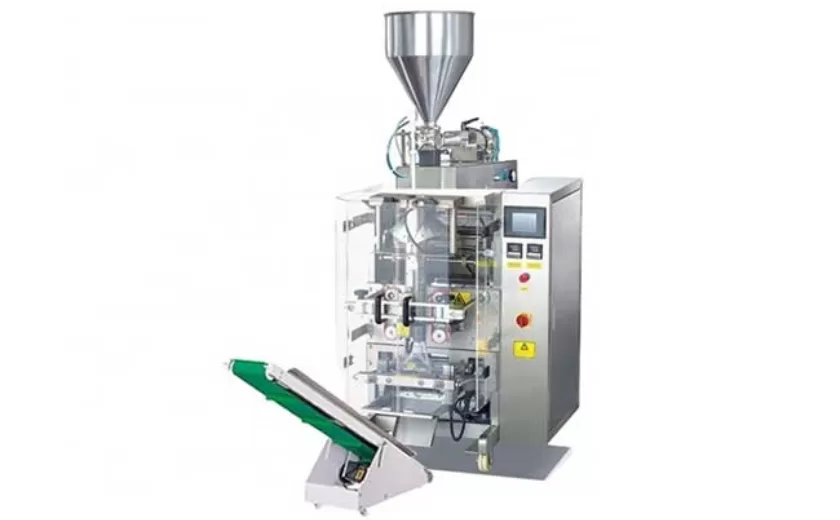
Advanced Packing Solutions: Snacks, Sugar, and Frozen Food Machines
29-10-2025 -
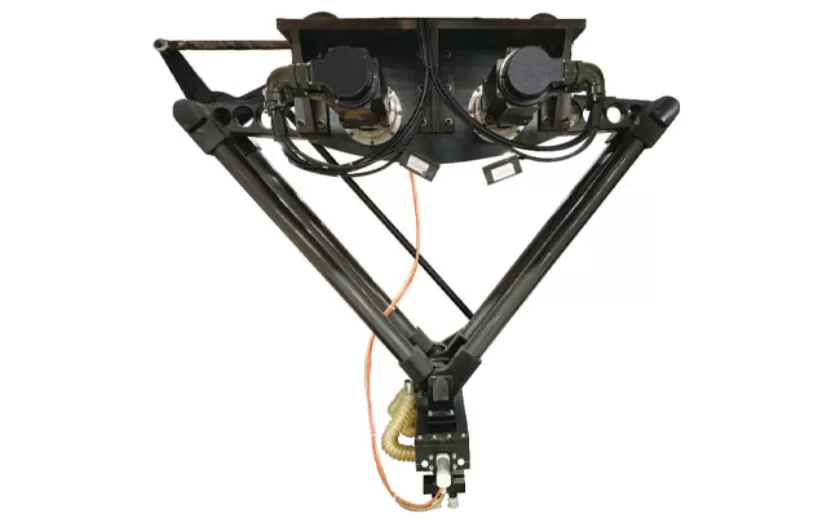
Efficient and Reliable Solutions for Salt, Nuts, and Frozen Dumplings Packing
29-10-2025 -
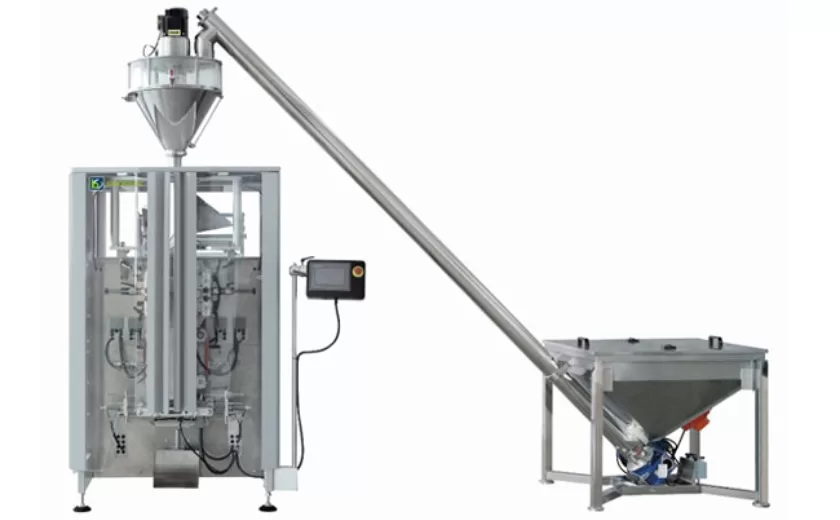
High-Performance Biscuits, Lollipop, and Ketchup Packing Machines for Modern Food Production
29-10-2025 -

Efficient Liquid Filling and Packing Machines for Modern Production
23-10-2025 -
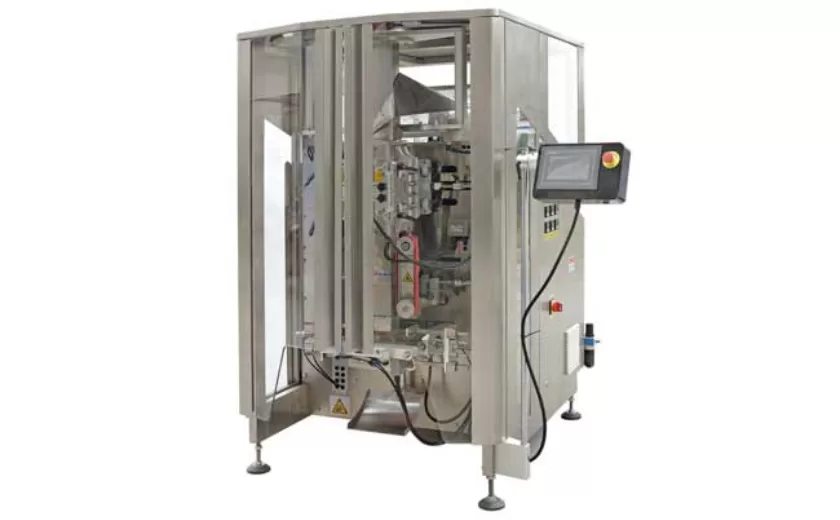
Reliable Granule Packaging Machines for Efficient Production
23-10-2025 -

Efficient Auger Powder Filling Machines for Accurate Packaging
23-10-2025 -

High-Performance Liquid Filling and Packing Machines for Hygienic Production
10-10-2025 -

High-Efficiency Granule Packaging Machines for Precision and Speed
10-10-2025 -

High-Precision Auger Type Powder Filling Machines for Efficient Packaging
10-10-2025 -
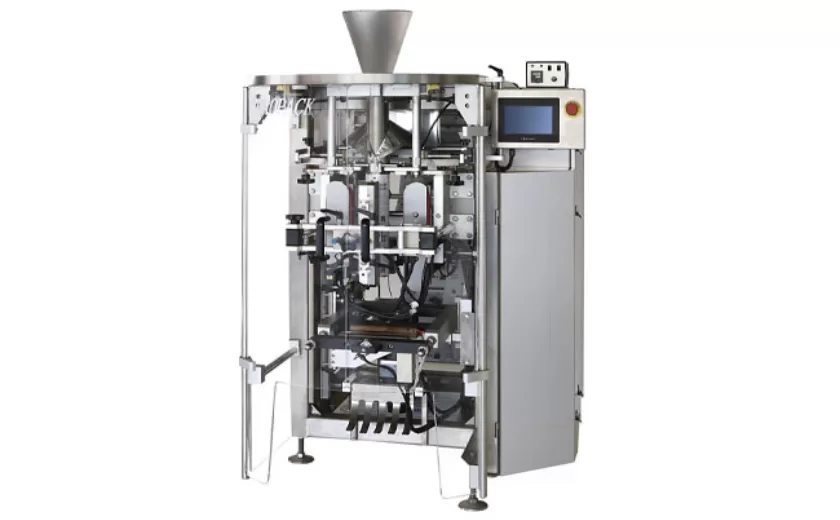
Efficient Vertical Form Fill Seal Packaging Machines for Smart Production
10-10-2025





